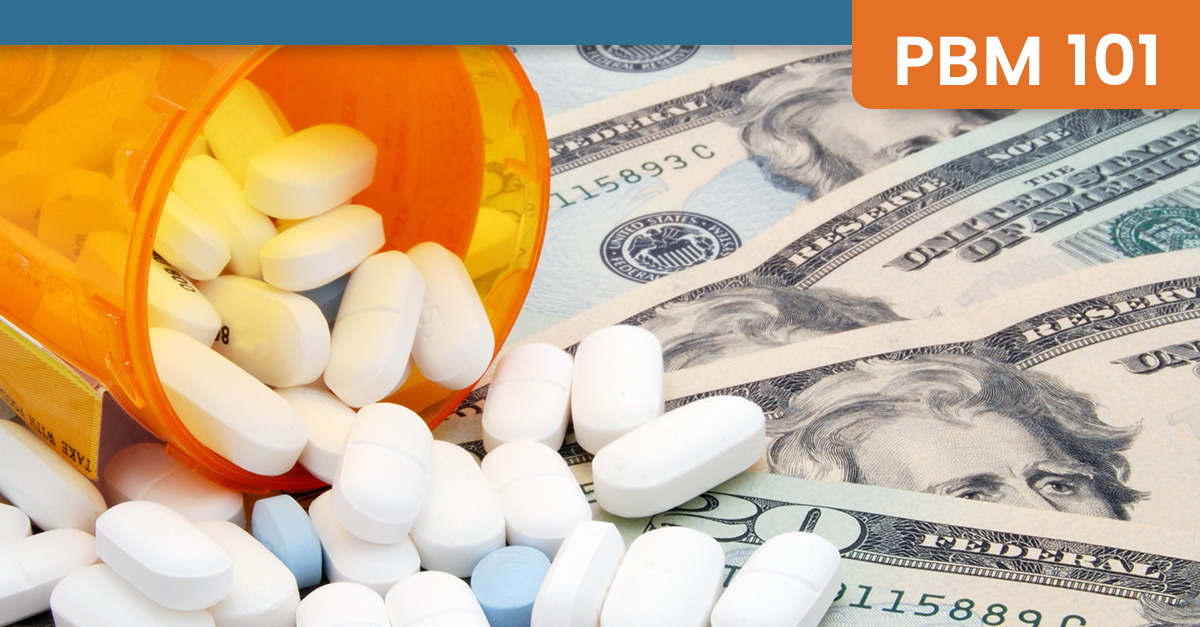Pharmacy and Practitioner Exclusions and How to Resolve Them
Prescribers and Pharmacies can be deemed ineligible for providing services to government programs like Medicare, Medicaid or even to payers who are participating in government programs.
Being ineligible to provide those services is commonly referred to as exclusion, with the participants being flagged as an excluded practitioner, prescriber or excluded pharmacy. Fraud, licensing issues, enrollment errors, or a variety of other reasons can lead to a pharmacy or prescriber being placed on the excluded list, which can result in rejected claims for members.
We understand that a rejected claim can be inconvenient, and it can mean members need to fill prescriptions at a different pharmacy or partner with a new prescriber. Since Navitus can’t process claims until the pharmacy and/or prescriber is cleared of the exclusion, here’s some helpful information to get things back on track:
To clear or resolve an exclusion, pharmacies and practitioners should:
- Review your license(s) and confirm it’s free of restrictions or disciplinary actions that can trigger exclusion
- Contact the excluding entity directly:
- OIG LEIE – https://oig.hhs.gov/contact-us/index.asp#exclusions or 202-631-2311
- GSA SAM – https://www.sam.gov or https://www.fsd.gov or 866-606-8220
- Medicaid (by state) Contact each state Medicaid program that listed an exclusion
- Verify that the excluding entity listed the correct pharmacy and/or prescriber
- Confirm the reason for the exclusion, the mandated length and your options for resolving it
Exclusion Lists: When are they updated and how long do they last?
The U.S. Department of Health and Human Services **Office of Inspector General (OIG), the U.S. General Services Administration (GSA) and most Medicaid programs update exclusion lists monthly.
Unlike an exclusion notice, which is sent to the pharmacy or practitioner, and includes the subject of the exclusion, the basis, consequences/effect, and appeal rights, the exclusion list can be pulled by appropriate parties and typically show the exclusion’s effective dates.
Similar to reasoning, an exclusion list may not always show the end date, which is why pharmacies and practitioners should verify the mandated length of exclusion when they are working to resolve one.
How long an exclusion lasts will depend on the reason, or the basis, for the exclusion, but Medicare exclusions are usually at least 5 years with the length listed on the OIG sanction.
Special Notes on Medicaid Exclusions
In addition to the OIG and other standard exclusion lists, many Medicaid programs also consider a pharmacy or practitioner excluded if they’re excluded from any other State Medicaid Program. So while one Medicaid program may not list all other state exclusions on its own list, the laws of that state automatically include other state exclusions.
Medicaid Exclusions and why claims might go unpaid
If a State Medicaid Program says a pharmacy or prescriber is not on the exclusion list in the given state, why is it still excluded by Navitus?
If that State Medicaid Program has a law or statute that prohibits other state Medicaid exclusions, the other states’ Medicaid exclusions would also apply. A state will generally only list the pharmacies or prescribers it has investigated and excluded. A state will not list other states’ exclusions.
If a State Medicaid Program says an excluded prescriber is not prohibited from prescribing, why isn’t Navitus processing claims prescribed by them?
Prescribing is part of medical practice and is permitted under a prescriber’s state license. A practitioner may still be licensed, which allows prescribing. If the prescriber is also excluded, exclusion is a separate sanction. Even if the practitioner can prescribe under a state license, the exclusion prevents payment for the claims.
Still curious about Exclusions?
Find more information in the Office of Inspector General FAQ section, or by searching the General Services Administration knowledge base.
Exclusion is set and regulated at the State and/or Federal level– Not by Navitus. Navitus cannot remove or resolve exclusions. Prescriber and practitioner are used synonymously.
Stay Informed and Connected
Receive expert insights, healthcare tips, and important updates on pharmacy benefits, drug recalls, and more—straight to your inbox.
Navigating with a trusted partner
Now Available: 9th Annual Drug Trend Report
Our Drug Trend Report provides a clear view of the trends shaping pharmacy benefits today, along with strategies that are delivering real savings without compromising care.








